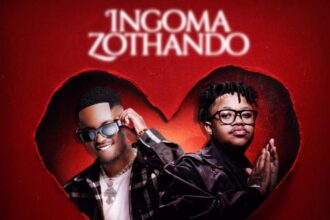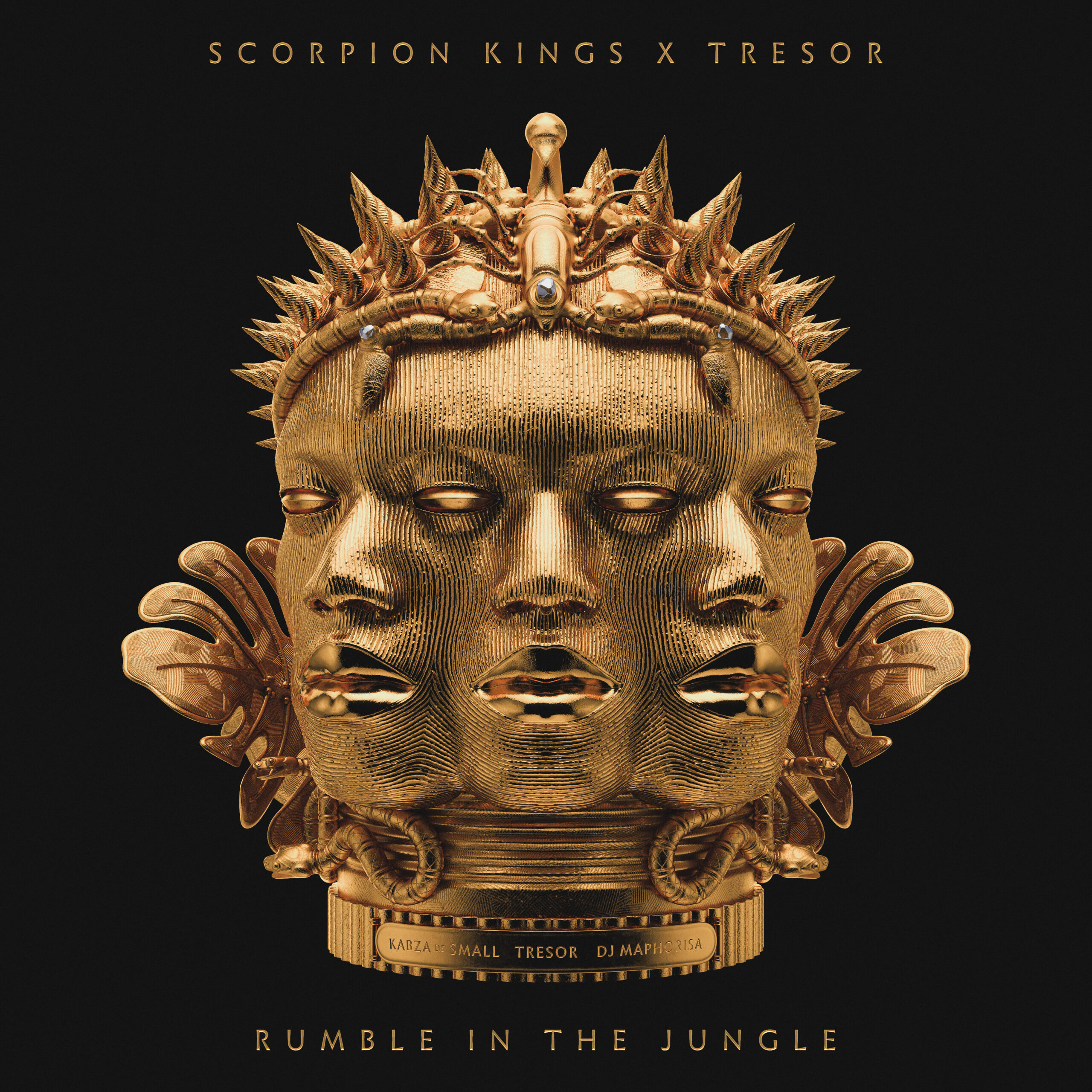How Amapiano Is Doing On Spotify Across The Globe. South Africa’s relentless township groove amapiano has entertained curious ears for almost a decade now, with the genre’s rapid growth and evolution being championed by hundreds of hopeful producers who dig into new sounds with spades of experimentation. The consequence has been a long stream of unconventional yet runaway hits.

Phiona Okumu, Spotify’s Head of Music for Sub-Saharan Africa, spoke about her Spotify: Music That Moves campaign – a new content series telling stories about locally grown music crossing borders and shaping culture around the world. The full Amapiano Spotify: Music That Moves campaign video, features artists including DBN Gogo and Kamo Mphela. “There’s a rather growing listenership in Japan for example, of all places. Amapiano hit one billion streams in July. It is now at over 1.4 billion global all-time streams on the platform – which is crazy for a genre that was virtually not on the platform three years ago.”
Speaking on the growth of amapiano, Phiona said, “amapiano is a darling genre for many, including me. Spotify has been instrumental in helping make it visible outside of South Africa. It’s interesting that you made the mention of Afrobeats in comparison, and here’s what I’ve observed about how the two have developed.”
“Amapiano is very distinctly South African music, a particular dance style of music, and the relationship with Afrobeats has many folds. One of them is symbiotic in the sense that Afrobeats has an international head start and international cultural capital, right? We are very used to seeing a WizKid or a Burna Boy selling out stadiums in America, Asia, and Europe, charting and winning Grammys, and all those markers of commercial acclaim.”
“It’s commonplace – almost – for Afrobeats.And I would say the reason for that is Afrobeats has had trajectory in the public eye for quite a while. It’s not overnight. As far back as 15, 20 years ago is when the story of the modern-day Pop Africa explosion started.House and Dance is what we do as our pop music. It’s just about whether it is zeitgeisty or not. We’ve had moments where it’s been the moment for South African dance music, but it’s been quite insular.”









